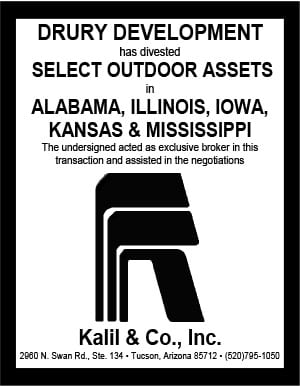 Bench Billboard, a company which sells sign space on benches, lost a suit challenging Colerain, Ohio’s sign code which prohibits signs in the public right of way. Here are links to the court decision and Rocky Mountain Sign Law’s analysis.
Bench Billboard, a company which sells sign space on benches, lost a suit challenging Colerain, Ohio’s sign code which prohibits signs in the public right of way. Here are links to the court decision and Rocky Mountain Sign Law’s analysis.
Richard Rothfelder discussed outdoor advertising on episode 58 of the Eminent Domain Podcast. He reviews the complexities associated with a 2015 Texas Supreme Court ruling that billboards are compensable in eminent domain as real estate: After that 2015 decision…billboards were deemed compensable in eminent domain as real estate. That’s the good news…the bad news…is that the court went on to explain that as an interest in real estate the approach was to be cost less depreciation…consideration of the advertising revenue generated was not admissible…There’s an interest besides the billboard structure which is being taken in eminent domain…TXDOT contends that that permit is not compensable at all…But TXDOT readily admits and the case law supports that…that sign site is a separate and compensable interest in eminent domain…and TXDOT readily acknowledges and the case law supports that the sign site, as opposed to the sign structure itself, is indeed to be compensated in eminent domain on an income approach…
Lamar has agreed to remove a billboard in Tennessee under a settlement agreement with Johnson City. Insider wrote about this case in July 2020 and September 2020. Lamar originally entered into a lease with East Tennessee State University in 1972 to operate the billboard paying the university $50 a year. In 1978, the city acquired the land from the state of Tennessee and has continuously owned the property since that time but apparently did not assume or enter into a new lease agreement with Lamar. Lamar continued to make lease payments to the University. Terms of the settlement were not announced.
[wpforms id=”9787″]
Paid Advertisement{Pao

















